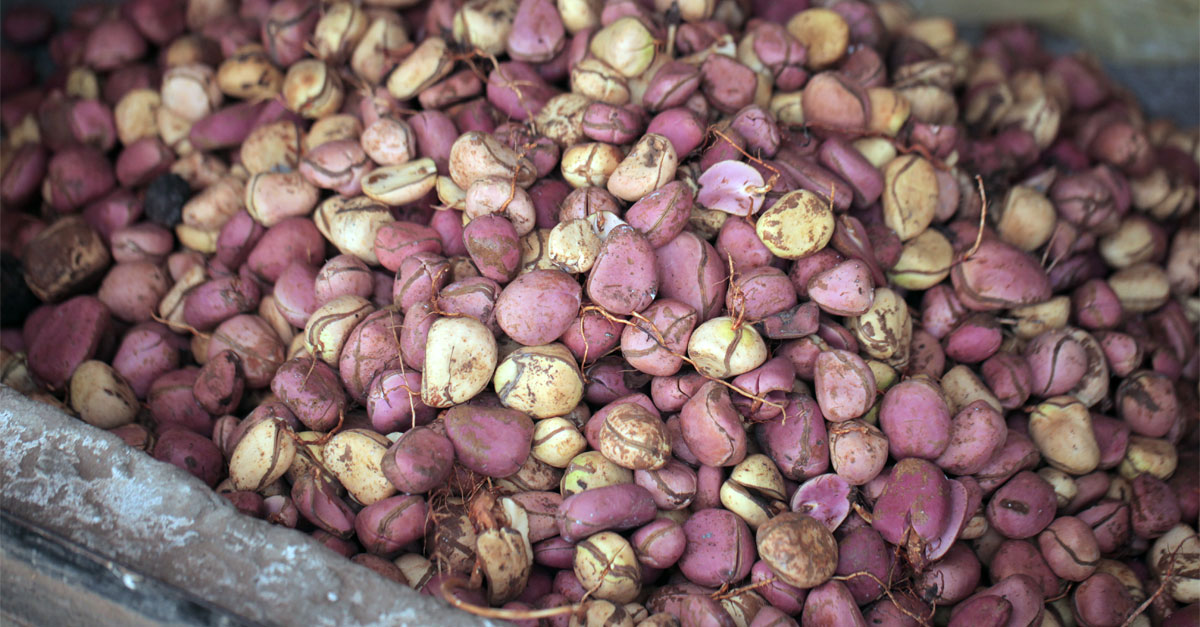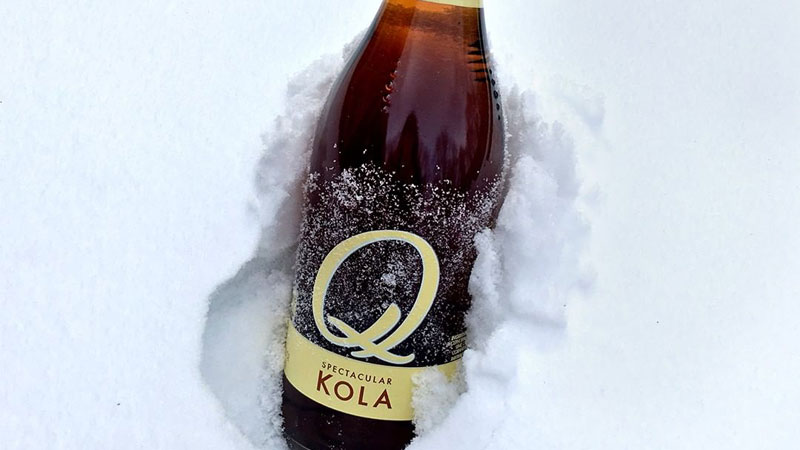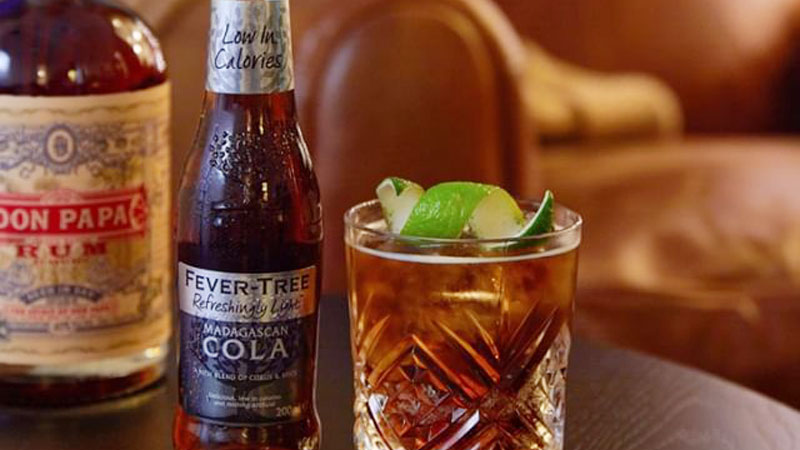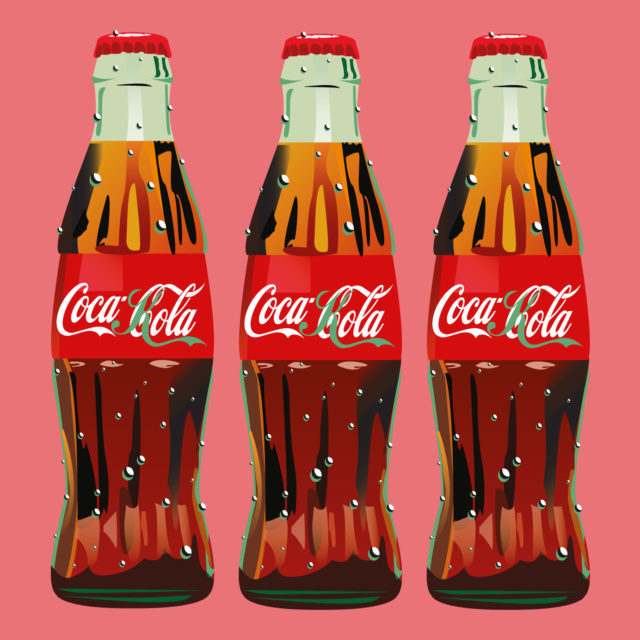Coca-Cola needs no introduction, but the nut that gave the brand its name barely gets a whisper. Kola, a crop indigenous to Africa’s tropical rainforests and packed with naturally occurring caffeine, has been written out of Coca-Cola’s history.
Wellness culture and the ubiquity of the term farm-to-table have cast ingredients in starring roles. Restaurant menus celebrate the provenance of their country hams and heritage grains, and coffees are sold by country of origin. Fizzy fountain sodas, however, exist outside the realm of nature for most drinkers. We think of them more as consumer products than actual foodstuffs, thanks to their multisyllabic components and epic advertising campaigns.
Could savvy, independent soda producers eventually give Coca-Cola a run for its (considerably stacked) money?
Don't Miss A Drop
Get the latest in beer, wine, and cocktail culture sent straight to your inbox.“When I visited the World of Coca-Cola in Atlanta in 2017, they did not mention the origins of kola nut or how significant it was in the product’s early history nor in the construction of its name,” says Dr. Shantel George, an assistant professor of history at Marist College in Poughkeepsie, N.Y. She has been researching the significance of kola nut as a global commodity, specifically its role in Orisha spiritual practices in the island nation of Granada.

In her view, it’s been easily erased and under-studied because it didn’t become as important to European and American diets as other products of the global south, like cocoa and coffee. But there’s no reason not to consider its influence among those crops. “Africans were more than laborers in the Atlantic world; they were also distributors and consumers,” she says, “which can be clearly seen when looking at kola on a global scale.”
The kola nut is grown, distributed, and consumed in western Africa still today, where “it has multiple uses,” George says. She is currently exploring its religious uses in Caribbean and South American destinations. “In Jamaica, it is mainly consumed as bissy tea for medicinal purposes,” she says.
Back in the 19th century, when American pharmacist John Stith Pemberton created Coca-Cola, it was designed as a painkiller to ease himself off a morphine addiction. Kola nuts were essential to the formula.
After Pemberton sold the recipe to his business partners and another Atlanta-based pharmacist, not long after the development of a non-alcoholic formula, the once-medicinal concoction gradually morphed into the soda we know now, which provides a massive serving of high-fructose corn syrup, caramel coloring, and caffeine. The recipe doesn’t list kola nuts, or even kola-nut extract. Kola became cola.

So dominant was the transformation that, now, the first definition of “cola” in the Merriam-Webster dictionary does not mention the kola nut at all. “Brown carbonated drink that is flavored with an extract of cola nuts, or with a similar flavoring,” it reads. If one searches specifically for “kola,” they’re told it’s a “variant spelling of cola.”
For the CEO of Q Drinks mixers, Jordan Silbert, putting “kola” with a k on the label of Q’s version, launched about four years ago, was a very intentional choice. According to him, Coca-Cola went for the c because alliteration was “cool” at the turn of that century.
“The very first thing I did when developing the flavor was go to Flatbush and buy kola nuts,” he says, referring to a Brooklyn neighborhood with longstanding African and Caribbean communities. Silbert wanted to understand kola nuts’ role in the original recipe — caffeine, mainly, but also a bit of bitterness, which provides a balance to what is famously a sweet beverage.
“When you think about what cola should be, it should be some balance of four flavor components,” says Silbert, who formulated his blend specifically for use in cocktails, “a spice, a tang, a sweet, and a savory. However, today’s Coke is mostly sweet and tangy. It doesn’t have the spice and savory notes.” And it has no kola nut, not even extract.
Fever-Tree, the other major maker of artisanal mixers for bars, offers a Madagascan Cola that features vanilla bean, Mexican lime, and Indonesian cassia, also known as Chinese cinnamon, for the same balance of sweet, spicy, and acidic that Silbert notes was key to the original recipe.
It’s the acidic kick, lost in the corporate recipe to syrupy sweetness, that is what makes cola a valuable mixer for whiskeys and rums. While both the Q and Fever-Tree variations are often found at bars, some bartenders have opted to develop their own cola syrups. The Cuba Libre at NYC’s BlackTail, famous for its combination of Fernet-Branca and Champagne, features a house-made cola syrup. At Sylvain in New Orleans, the recipe includes lime and lemon zest, star anise, lavender, vanilla, and ginger. With ready-made colas or housemade syrups like this, with balance, the Cuba Libre becomes once again a refreshing cocktail and not something for customers to be shamed out of ordering for being cloying and imbalanced.

The Coca-Cola company expects its billion-dollar business to slow this year, while soda generally continues to be taxed and admonished by doctors. But cola, or kola, will likely never stop having a role in general life and cocktail menus. The next time you’re sipping an artisanal blend, or something by the big guys, remember: There would be no cola without kola.
